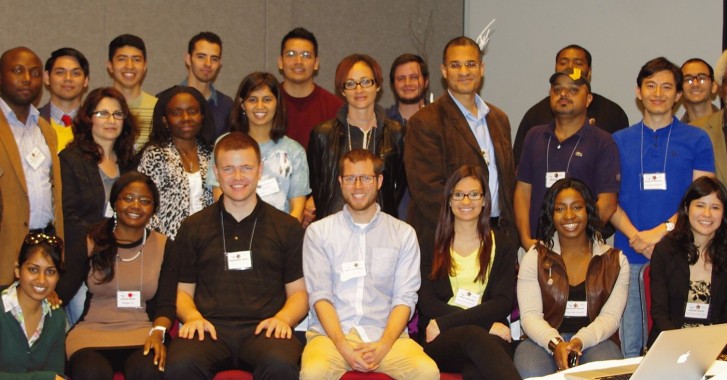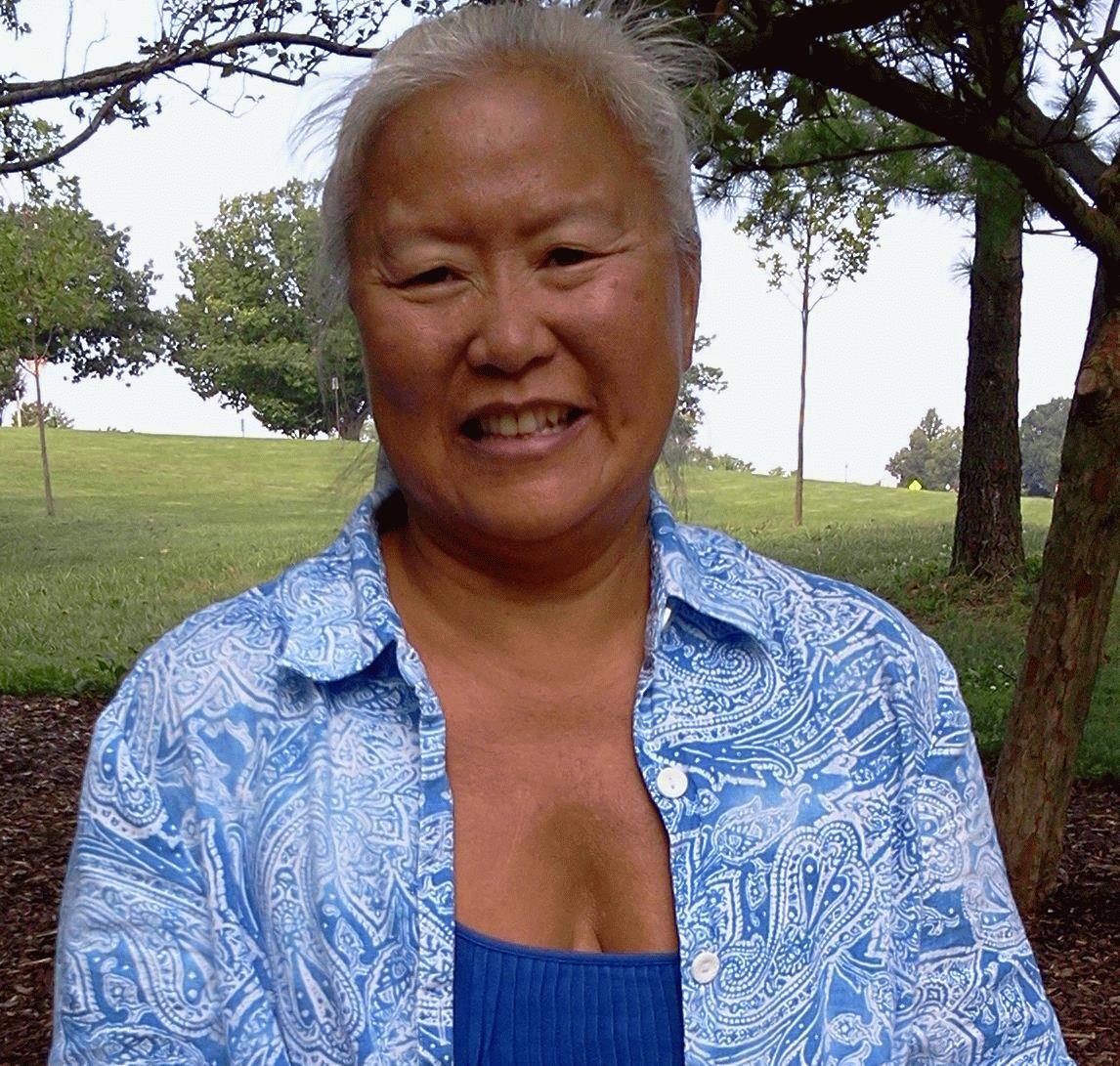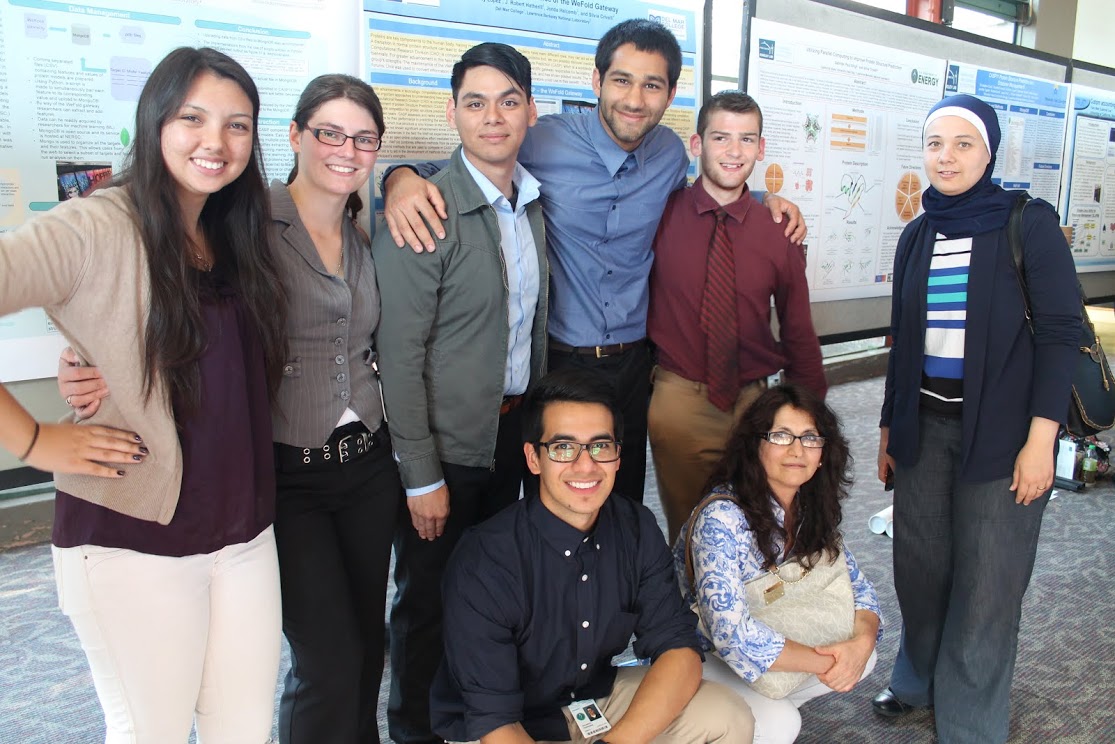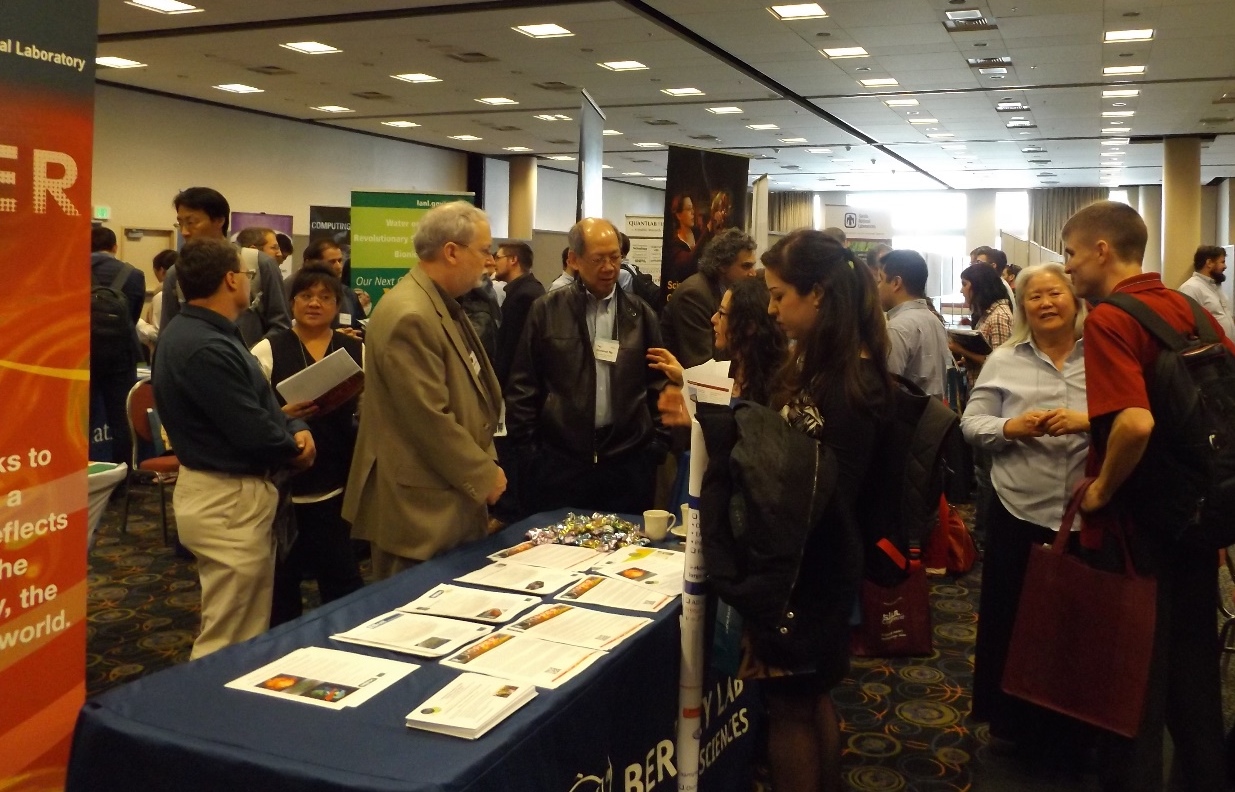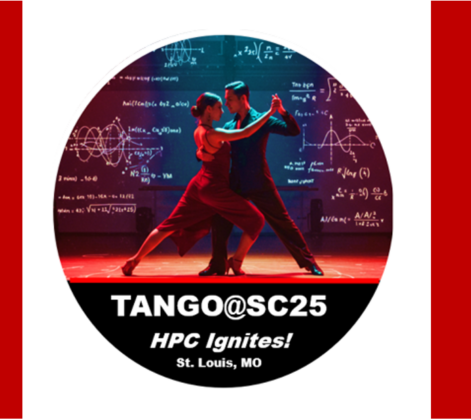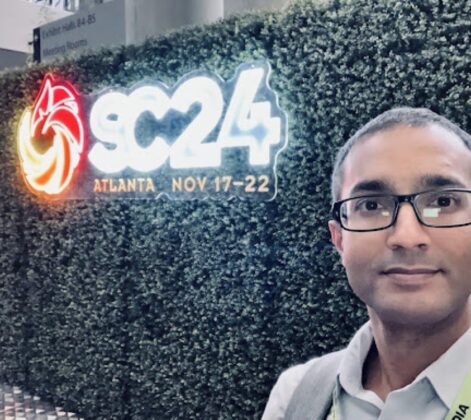Sustainable Horizons Institute and SIAM-CSE15
By Elizabeth Leake (STEM-Trek)
It’s no secret that industries struggle to build and sustain a diverse science and technology (S&T) workforce, but entering and advancing within the pipeline are far from equal-opportunity endeavors. Despite industry efforts to support their success, women, minorities and people with disabilities continue to encounter deeply-ingrained social and institutional barriers to entry.
In 2013, Mary Ann Leung formed Sustainable Horizons Institute (SHI), a nonprofit organization designed to help students and early-career professionals overcome some of those barriers. Few are as experienced in this arena as Leung whose 20-year program development career includes five years leading the U.S. Department of Energy’s computational science and engineering doctoral fellowship program—one of the nation’s finest.
Leung drew from experience with the Supercomputing Conference Broader Engagement (SC-BE) program to develop a BE framework to engage people from demographic groups that are typically underrepresented in S&T careers. The program’s intervention strategy rests on a foundation of sustained academic, psycho-social, career, professional, and leadership support. The SC-BE model’s effectiveness was documented in a 2012 report by Timothy A. Mann and Valerie E. Taylor (Texas A&M) titled “Analysis of the Impact of the BE program on the SC Conference.” The authors explained how a BE program increases the likelihood that participant submissions (technical program papers, posters, etc.) will be favorably reviewed. Additionally, they are more likely to engage with conference activities and committees. Ultimately, success in the conference arena will foster the confidence students need to pursue technical fields, overcome barriers to entry, and ultimately advance in their careers.
Silvia Crivelli (Lawrence Berkeley Laboratory), Leung’s fellow SC14-BE program committee member, told Leung about the 2014 WeFold summer camp that she was leading. The ten-week, scientific and technical program sponsored by LBL was designed to acquaint undergraduate scholars from diverse backgrounds with computational science—specifically, molecular modeling and protein folding techniques—so they could explore ways to unlock the mysteries of a variety of diseases, like Alzheimer’s and Cancer.
Protein structure prediction is an extremely difficult problem to solve,” said Crivelli. “Despite a 20-year competition called CASP (Critical Assessment of protein Structure Prediction), progress in the field has plateaued; only incremental advances are being made. WeFold replaces competition with coopetition, (cooperation and competition), and exposes participants to high performance computing (HPC) in an effort to accelerate the process of discovery,” she added.
WeFold Collaborative includes experts who compete in CASP. The WeFold Educational Project involves a diverse community of students and researchers from a variety of academic disciplines—some had never even worked with code—and invites them to learn about computational science, in general, and protein folding, in particular. Each approaches problems with a unique frame of reference. At the end of the immersive experience, all had submitted code to Hopper, one of the fastest HPC systems in the world. Each had created a MongoDB database with millions of protein models or had become familiar with protein structure prediction methods. Additionally, the student-participants had the opportunity to interact with experienced researchers from around the world through the WeFold collaborative project.
Leung was serving on the Society of Industrial and Applied Mathematics 2015 Conference on Computational Science and Engineering (SIAM-CSE15) program committee when she learned about WeFold. She encouraged Crivelli to submit a mini symposium proposal to SIAM-CSE15, and it was accepted. This gave Leung an opportunity to test-drive the SHI-BE model. Publicity and fundraising efforts were launched with the help of SC14-BE Deputy Chair Elizabeth Leake (STEM-Trek), Silvia Crivelli, Lois Curfman McInnes, and others from the SC14-BE committee.
The goal was to generate enough money to support ten WeFold scholars, their faculty and others who wished to travel to Salt Lake City, Utah-U.S. for the March conference. Ultimately, 40 students, faculty and professionals from 32 institutions and 21 states were supported with donations from individuals and grants from the National Science Foundation, Argonne National Laboratory, Google, LBL, and SIAM. Nine fields of study were represented, including Computational Biology, Computational Medicine, Computational Physics, Computer Science, Computer Engineering, Numerical Analysis/Simulations, Operations Research, Computational Earth Sciences, and Stochastic Research.
SIAM-BE scholars were paired with an experienced volunteer mentor. SC-BE veteran Larisse Voufo (Google) chaired the mentor-protégé (MP) program and coordinated the introductory breakfast. Voufo first attended SC12 as a participant of the BE program, and has since participated on BE program committees, including SC14 and SIAM-CSE15. She led participants through a “wilderness experience” where they worked individually, or with their mentor, to craft mementos that reflected their career and educational journeys.
Participants were inspired by the SIAM-CSE15 experience in a number of ways. Yeonjoo Yoo (IUPUI) plans to form a student chapter of the Association for Women in Mathematics at her school. “The conference mentoring activity was especially helpful. Mentors gave good advice and knowing them extends the student’s professional network. In the program I intend to form, I’ll definitely include an MP program based on SHI’s model,” she said.
WeFold Scholar Rachel Davis (Drake University) was contemplating graduate school and thought a summer research experience would help inform her decision. “Luckily, Silvia took me under her wing and introduced me to WeFold,” she said. “It’s an incredible collaboration where everyone helps each other. It was mind-blowing to email (CASP) experts across the country and receive a response the same day,” she added. It was actually the SIAM conference experience—specifically, interacting with peers and mentors—that gave Davis the confidence she needed to apply for graduate school in the fall.
Participant Blake Lohn-Wiley (Tarleton State University) came to SIAM hoping to bolster his professional network so he could find an S&T position, and it worked, but not the way he expected. “I let SIAM-BE participants review my resume, and incorporated their feedback before applying for a position at Oak Ridge National Laboratory. A few weeks later, I got the job,” he said.
Grace Rodriguez Gomez (University of Puerto Rico) had a BE epiphany. “When I was in high school, I wanted to major in Art at a community college. When friends and family told me I couldn’t earn a living with an Art degree, I enrolled in a Computer Engineering program,” she said. When her creativity wasn’t exercised, her grade point average suffered. She then switched to Computer Science, and her grades improved when she realized artistic aptitude enabled her to design more attractive and functional computer user interfaces. Because she switched majors, she’s a few years older than her peers. “I was ashamed of my delayed progress until I heard Dr. Leung’s presentation. She talked about obstacles she had overcome in life, and it made me realize that I wasn’t alone; it’s OK to move at your own pace.”
Mentor Elizabeth Bautista (NERSC) identified with her protégé’s struggles. She originally wanted to major in Computer Engineering, but her parents didn’t think it was an appropriate career path for a woman. Bautista eventually completed a Computer Information Systems degree, and then pursued a Master’s of Business Administration degree in Technical Management. “I now love my job, but it took bravery and perseverance to get where I am today.” Her advice to students is simple:
Forgive yourself for early errors in judgement, and take time to select a second career path if the first one doesn’t feel right. Thirty years is a long time to be miserable,” said Bautista.
“Feedback from SIAM-CSE15 was overwhelmingly positive,” said Leung. “Much of our success stems from the synergy possible with volunteers who have worked well together in the past. Each time we pull together, the BE model gets stronger and we learn something new. I hope our volunteers will continue to share their talent and experience so we can help to shape a more confident future for many more S&T scholars,” she added.
To maintain the momentum begun at SIAM CSE15 BE, SHI launched a new program aimed at developing Sustainable Research Pathways with faculty, students and Berkeley Labs. The program is designed for faculty from a variety of institutions, including Minority Serving Institutions (MSI) and women’s colleges that support students from underrepresented or under-privileged backgrounds. Faculty will benefit from collaborative research and the development of long-term relationships with staff scientists. Students will work side-by-side with faculty on exciting research projects using state-of-the-art equipment.
For more information about SHI, visit: http://shinstitute.org/
This story was originally featured in HPCWire on Sept. 28, 2015.

